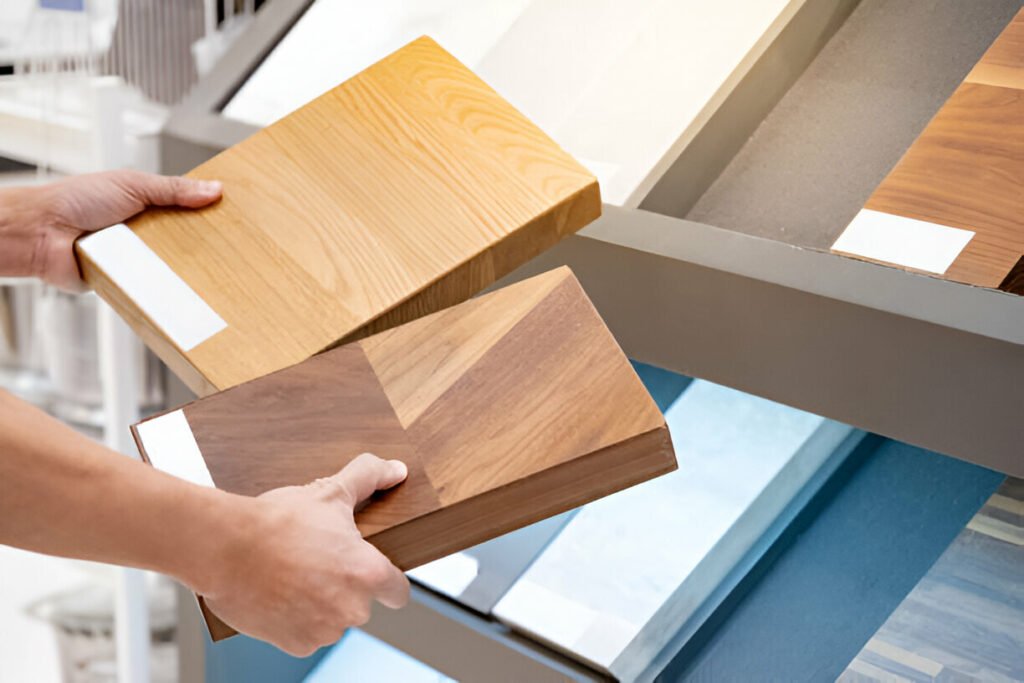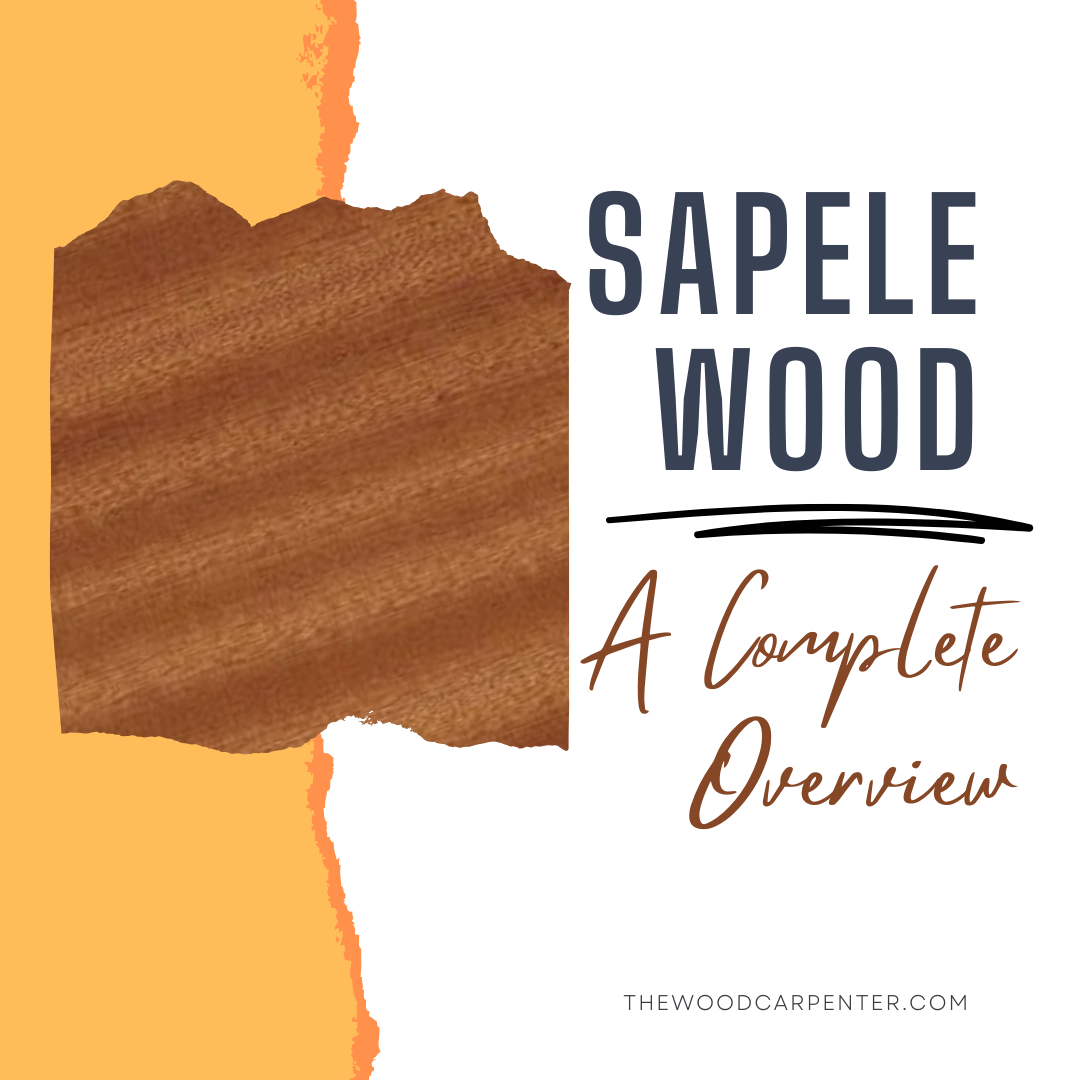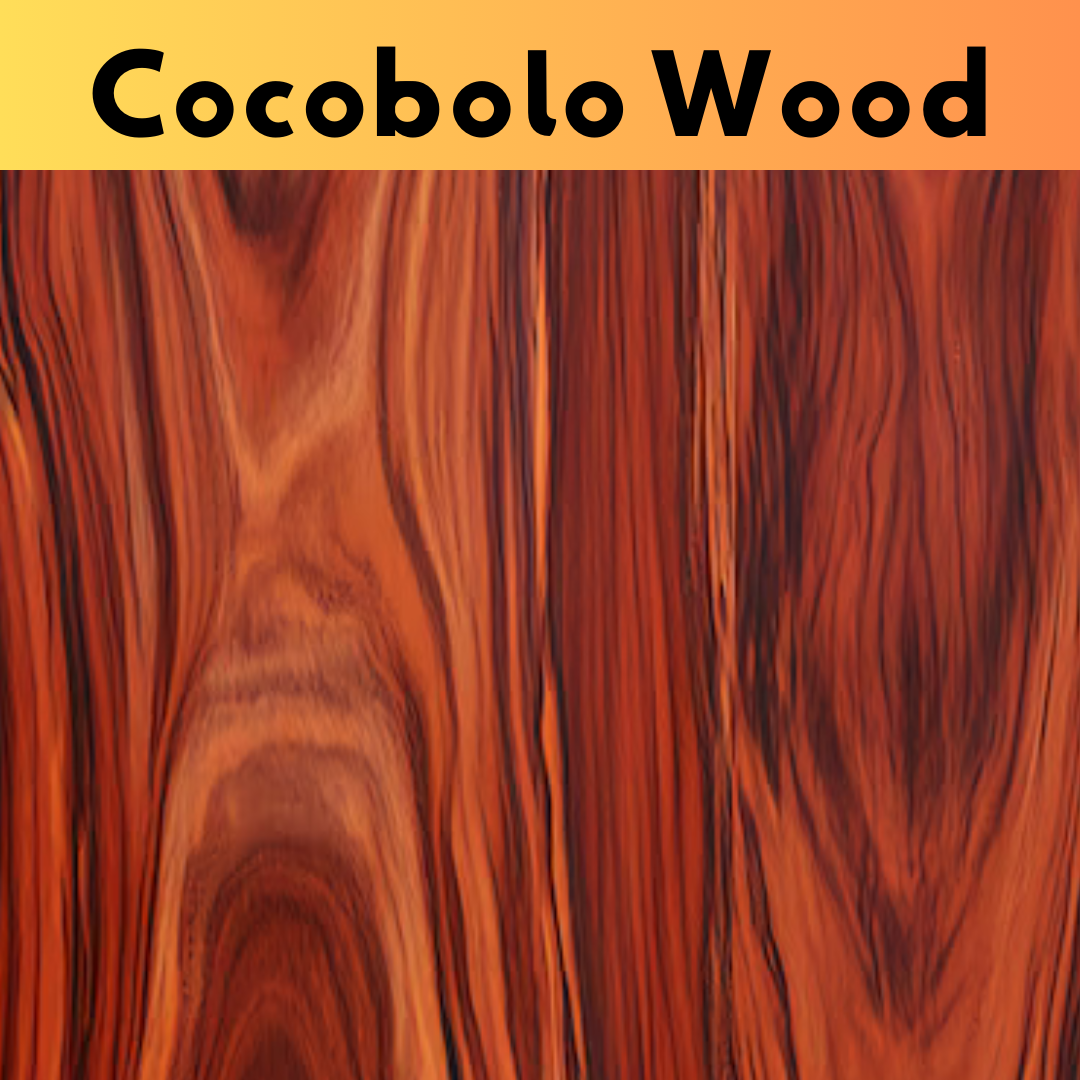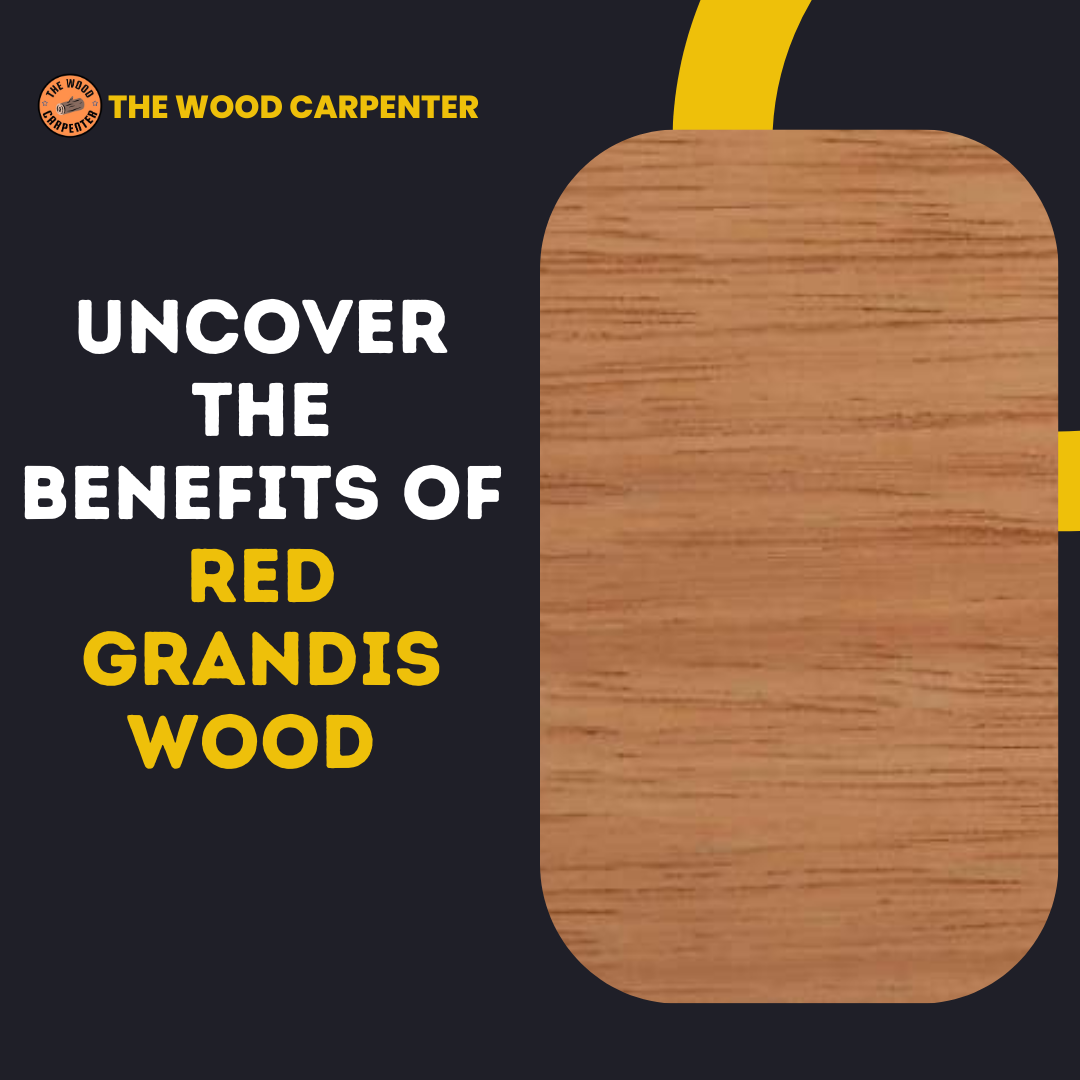Sapele wood is an amazing material that’s becoming really popular in interior design and woodworking. It has a beautiful color and it’s strong, so it’s great for making furniture, floors, and pretty decorations. In this guide, we’ll check out what makes sapele wood so special – where it comes from, what we can use it for, and what it’s like.
What is Sapele Wood ?
Sapele wood comes from tropical Africa and is known for being both beautiful and tough. It’s similar to mahogany and shares its strength and resistance to damage.
One cool thing about this wood is how it looks. It’s got a deep reddish-brown color with dark streaks that make a cool pattern in the wood. The grain of the wood is kind of twisted, which gives it a neat ribbon-like look. That’s why it’s often used for fancy furniture, cabinets, floors, and even musical instruments.
Scientific Name: Entandrophragma cylindricum
Alternative Names: sapelli, sapele mahogany, aboudikro, assi, muyovu
Native Region: Tropical Africa
History and Origin :

Sapele wood is a type of hardwood that’s really popular and has been used for ages. It’s originally from tropical Africa, found in countries like Nigeria, Cameroon, Ghana, and the Ivory Coast. People have been using these wood since ancient times because it’s super strong and lasts a long time.
Way back in 1000 BC, the Egyptians were already using sapele wood for furniture and building stuff. They loved its reddish-brown color, which looks a lot like mahogany. That’s why some people call it “African mahogany.”
When Europeans started trading with Africa in the 18th century, they got hooked on this wood too. It was perfect for making ships because it doesn’t rot easily. Then, during the 19th century, when the Industrial Revolution was in full swing, sapele wood became even more popular. It was used for things like railroad ties and making furniture because it’s so tough and sturdy.
But sapele wood really hit the big time during World War II. There was a shortage of materials like teak for building boats, so this wood became a lifesaver. It was strong and easy to find in West Africa, so it became the go-to wood for boat building.
Even today, sapele wood is everywhere. You’ll find it in furniture, floors, cabinets, guitars, and even in decking. People love it because it looks amazing, lasts forever, and bugs don’t like munching on it.
Characteristics of Sapele wood
Color and Texture: As sapele wood ages, it gets darker because of oxidation. It has a smooth texture with a nice grain pattern. Sometimes, you’ll see a cool effect called “flash figure” when light reflects off the grain.
Density and Strength: This type of wood is denser than African and American mahogany. This means it’s tougher and stronger, like English oak. It can take a beating without getting dented or breaking easily.
Workability: It’s a tough wood that you can shape with machines without it cracking. But because of its grain, it might tear a bit, and tools can wear out faster. Also, if it touches iron, it might change color.
Availability: You can easily find sapele wood to buy, either as lumber or veneer. It’s usually cheaper than real mahogany but looks similar, so it’s a popular choice for people who want that mahogany look without the high price.
Hardness: This wood is considered a hardwood, so it’s pretty tough. It’s harder than many North American woods and is similar in hardness to red oak. That means it’s great for lots of different uses.
Comparing Sapele Wood to Other Types of Wood

| Feature | Sapele Wood | Mahogany | Oak | Teak | Maple |
| Origin | Tropical Africa | Central and South America | Northern Hemisphere | Southeast Asia | Northern Hemisphere |
| Color | Reddish-brown | Reddish-brown | Light to medium brown | Golden brown | Light cream to reddish-brown |
| Grain Pattern | Interlocked, wavy | Straight to interlocked | Straight, coarse | Straight, sometimes wavy | Straight, fine |
| Texture | Fine | Fine to medium | Coarse | Coarse | Fine |
| Density | Medium to high | Medium to high | High | High | Medium to high |
| Hardness (Janka) | 1,410 lbf | 900 lbf | 1,350 lbf | 1,070 lbf | 1,450 lbf |
| Durability | Very durable | Durable | Very durable | Extremely durable | Durable |
| Workability | Moderate, can be tricky | Easy to moderate | Moderate to difficult | Moderate | Easy |
| Common Uses | Furniture, flooring, musical instruments, boat building | Furniture, cabinetry, veneers | Furniture, flooring, cabinetry | Outdoor furniture, boat building, decking | Furniture, flooring, cabinetry, musical instruments |
| Maintenance | Moderate | Moderate | Low to moderate | Low | Low to moderate |
| Resistance to Decay | High | Moderate | High | Very high | Moderate |
| Cost | High | High | Moderate | Very high | Moderate |
Uses and Applications of Sapele Wood :
Let’s check out some of the common ways people use it:
Furniture:
Sapele wood is often used to make furniture because it looks really nice with its reddish-brown color and dark stripes. Plus, it’s tough, so the furniture lasts a long time.
Flooring:
It’s great for floors too because it can handle lots of people walking on it without getting messed up.
Cabinetry:
Because it’s not bothered by moisture or rot, sapele wood works well for kitchen cabinets and other cabinets that might get wet sometimes.
Veneers:
Sometimes, instead of using solid sapele wood, people put a thin layer of it on plywood or other boards to make them look good. It’s a cheaper way to get that sapele wood look.
Musical instruments:
Musicians love using these wood for guitars, violins, and other instruments because it makes warm, lovely sounds.
Boat building:
Because it can handle moisture really well, sapele wood is used in making boats, from small ones to big yachts. It’s strong enough to handle the rough seas.
Exterior construction:
You’ll also find sapele wood used in things like doors, windows, and siding for buildings. It doesn’t rot easily, so it’s perfect for outdoor stuff, and it looks great too.
Disadvantages of Sepele Wood
1. Cost
Sepele wood can be quite expensive compared to other types of hardwoods. This is mainly because it is not easily available outside of Africa and there is high demand for it in various industries. Therefore, it might not be the best choice for people with a limited budget.
2. Prone to Warping
A major downside of sepele wood is that it can warp when the temperature or humidity changes. This can be a big problem for furniture makers or carpenters who need stable and durable materials for their projects.
3. Difficult to Stain
While sepele wood’s natural reddish-brown color looks nice, it can be hard to stain or finish the wood. Because of differences in grain patterns and density in different pieces of sepele wood, getting a consistent finish can be difficult.
4. Heavy Weight
Another disadvantage of sepele wood is its heavy weight. This makes it harder to work with, especially for larger projects that involve moving or lifting the wood. It can also increase the cost of transportation and installation.
Conclusion:
Sapele wood’s striking appearance combined with its exceptional durability makes it a top choice for both functional and decorative purposes. Whether used indoors or outdoors, in furniture making or construction projects, this versatile hardwood is sure to add beauty and longevity to any space. With proper care, Sapele wood can last for generations while maintaining its stunning look.
Also read: Detailed Guide to Purple Heart Wood: What Makes It Unique?




